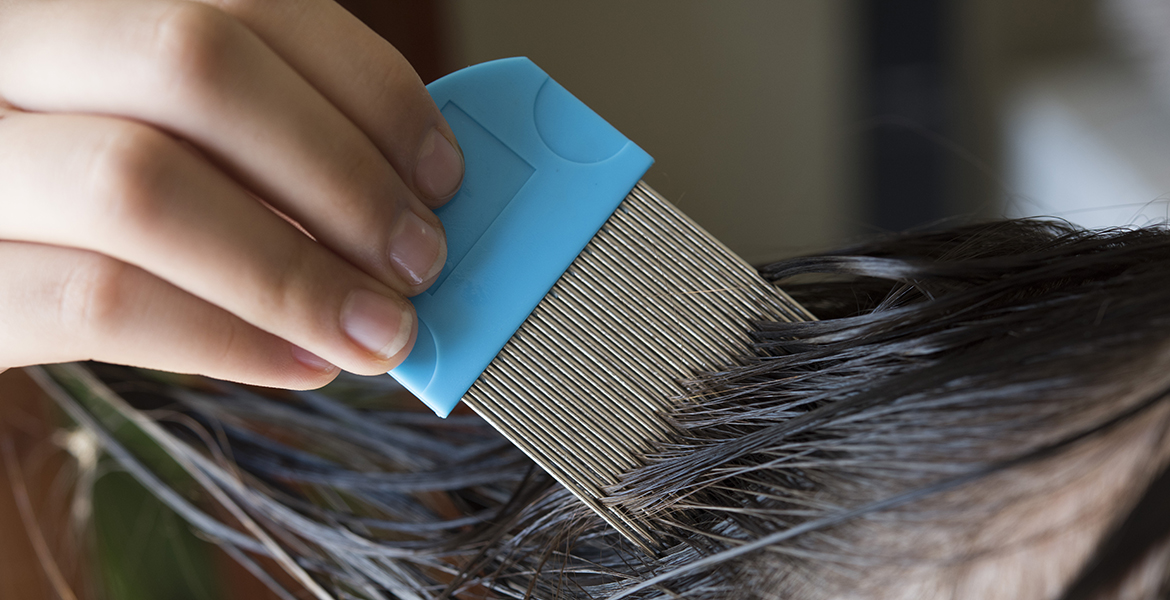
Helping kids avoid head lice at summer camp
Monday, June 11, 2018
With many Oklahoma youth planning to spend parts of their summer breaks enjoying camps, clinics and conferences, families need to know how to protect against head lice.
While the insects are a common problem across the United States, Justin Talley, Oklahoma State University Cooperative Extension livestock entomologist, said youth attending summer camps and other similar activities are at higher risk because there are so many participants from different home environments coming together in one place.
“Anyone can get head lice. It’s not about cleanliness or where you live. It’s a matter of who you come into close contact with,” Talley said.
Head lice are a blood sucking insect that can only be transmitted from person to person through direct contact such as sharing a pillow, a brush or by having head to head contact with someone who has lice.
As a preventative measure, parents should talk to their children about not sharing personal items such as combs or brushes and bed linens, especially pillows.
“The more children share those types of items, the more likely there will be a transmission of lice,” Talley said.
Infestations can take between five and 10 days to develop after exposure, depending on the temperature and condition of the infested person’s hair.
While the camp or conference medical staff should be trained to identify lice, parents should check their children for lice as soon as they return home, especially if they are exhibiting abnormal behavior such as flicking their hair or scratching more than usual.
To properly check for head lice, part the hair all the way to the scalp every 2 to 3 inches all over the head, and especially in the back toward the neck.
“The best method to detect lice is to purchase a lice comb and comb through your child’s hair thoroughly because this will pick up both adult lice as well as eggs,” Talley said.
Head lice range in color from creamy white to brown and are visible with the naked eye.
“They’ll be active, crawling on and near the scalp,” Talley said.
All clothing and bedding, and especially the pillowcases, also should be washed immediately after campers get back home.
These items should be laundered separately from the rest of the laundry in hot water above 125F and dried on a high heat setting.
“If lice are suspected or reported from the camp then dispose of any combs or brushes so that the infestation is not accidently spread to other members in the household,” Talley said.
In cases of a suspected infestation, try over-the-counter lice control shampoos. However, if the infestation is severe or if the over-the-counter product does not work, stronger alternatives may be obtained by prescription from a medical professional.
Lice control products typically require two applications – one initially and a second one about 10 to 14 days later.
“Regardless of the product you’re using, the second application is important because the first application doesn’t kill the eggs,” Talley said. “Reapplying the product after about 10 days allows those eggs to hatch so you’re killing the remaining nymphs.”
There also are companies, including some located in Oklahoma City and Tulsa, that use heat and vacuuming to remove lice.
For more information about head lice, contact the nearest county Extension office and download a free OSU Fact Sheet on the topic, EPP-7008, “Human Lice and Scabies,” at facts.okstate.edu.
Story by Leilana McKindra
